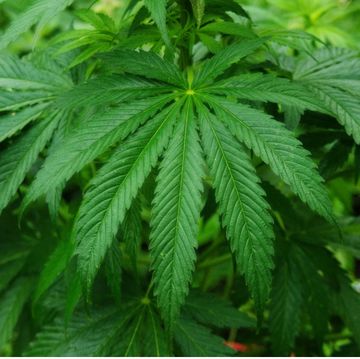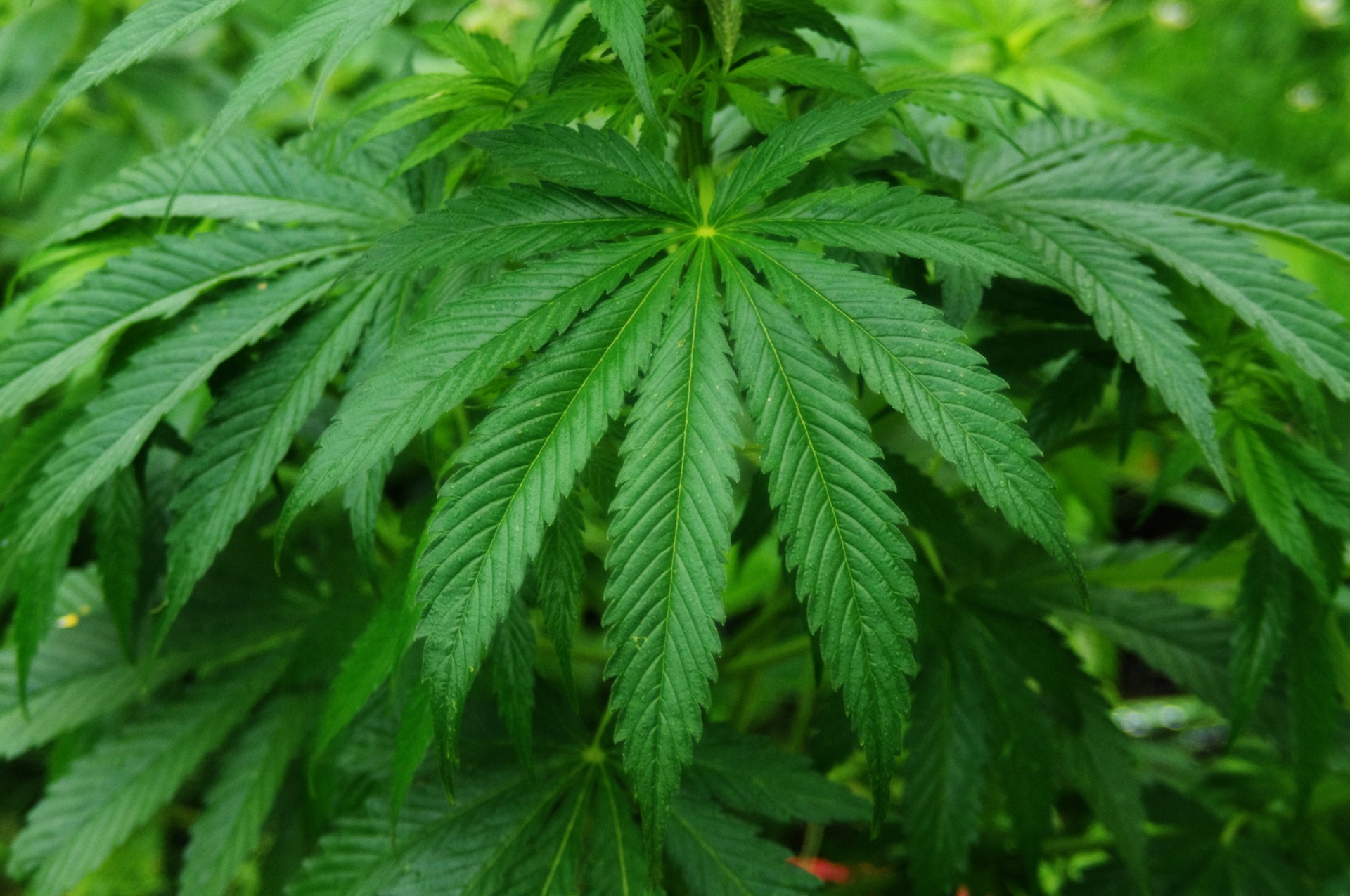Program Provides Research Opportunities for Undergraduate Students

Marijuana Use in Teens
Separating Fact From Fiction

It comes as little surprise that most teens and their parents have strong opinions about marijuana these days.
A recent National Institute on Drug Abuse (NIDA) survey found that 11% of 8th graders and 36% of 12th graders reported using marijuana in 2018. More concerning is that nearly 6% of 12th graders smoke marijuana daily, making marijuana the most widely used illicit drug throughout the 44 years of this survey.
So why are teens using marijuana? The short answer: a change in the culture among young people regarding the perceived risk of marijuana. A common misconception that marijuana is harmless makes kids more open to trying it.
According to the NIDA survey, personal disapproval regarding marijuana use has declined, which suggests that people don't view it as something dangerous or harmful as much as they used to. This cultural shift helps make marijuana use more acceptable by teens. Peer pressure is another factor that contributing to the spread of marijuana usage.
Is marijuana really harmless? Despite the popular belief that marijuana is relatively safe, a number of scientific studies link its use with negative short- and long-term consequences in teens.
Marijuana is known to affect the development of the brain. During adolescence, the brain is undergoing developmental changes, and is more vulnerable to the drug's harmful effects.
Marijuana use in adolescence is associated with fewer neural fibers in the brain regions that control alertness, learning and memory. Some studies have also shown that marijuana use in teens is associated with a significant decline in IQ that might not return in adulthood, even if marijuana use is later stopped.
A common misconception is that marijuana does not lead to addiction. But studies have shown otherwise. Early and regular use of marijuana affects the development of the brain's endocannabinoid system, which regulates pleasure, reward and motivation. This alteration can lead to future addiction.
The more they use marijuana, the more likely adolescents are to experience withdrawal symptoms in the form of irritability, sleep difficulties and craving. Studies have shown that teens who regularly use marijuana are more likely to be dependent users in adulthood, and this is associated with poor job and relationship outcomes.
Some adolescents use marijuana to improve their mood, but studies have shown that that this can actually make things worse. Marijuana use in teens has been linked to an increase in the incidence of depression, suicidal thoughts and self-harming behavior.
Marijuana use also impairs driving ability and increases the risk of motor vehicle accidents. Combining alcohol with marijuana worsens this risk.
How to know whether your child is using marijuana? A sudden drop in school performance or motivation is a red flag. Teens regularly encounter stressors, such as bullying, relationship problems, school pressures, family conflict and mental health problems.
Sometimes, teens turn to substance use - including marijuana - to deal with this stress. Changes in your teen's behaviors, increased irritability or anxiety could also be signs that they're using drugs to cope.
What can parents do to help their teens? Here are some suggested tips:
Maintain open communication and actively listen to your children's' concerns. Be involved in your kids' lives and get to know their friends. Educate yourself on the negative effects of marijuana so you can have informed discussions with your teen. Teach your kids the skills to resist peer pressure and feel comfortably saying no to harmful behaviors.
Open and trusting communication with your teen is the best way to ensure that he or she receives clear and accurate information about the risks that accompany marijuana use.

